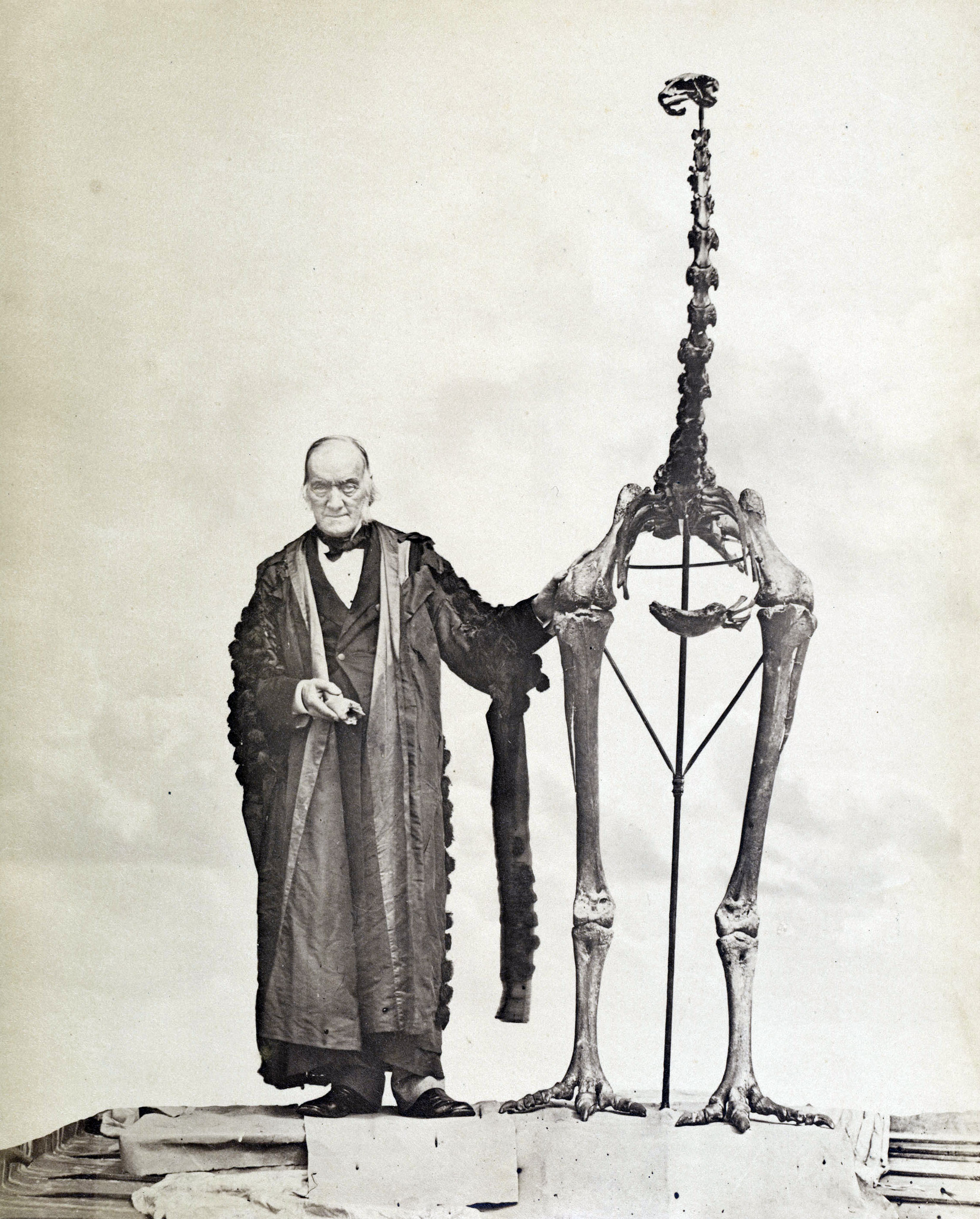
Damn
Posted on 11/18/2009 6:39:44 AM PST by decimon
The evolutionary history of New Zealand's many extinct flightless moa has been re-written in the first comprehensive study of more than 260 sub-fossil specimens to combine all known genetic, anatomical, geological and ecological information about the unique bird lineage.
That lineage ended only about 600 years ago after a journey through time that most likely began about 80 million years earlier on the prehistoric supercontinent of Gondwana, according to the study published in Proceedings of the National Academy of Sciences by an international team of researchers.
Found on the south and north islands of New Zealand, the evolutionary history and relationships between the moa species has long been subject to scientific debate, with past studies suggesting that up to 64 species existed with as many as 20 generic groups.
The new study found that moas should be grouped into only three families, six genera and it reduced the number of species to nine. The most recent species were relatively modern, evolving in the South Island only after the uplift of the Southern Alps between 5 and 8.5 million years ago.
Periodical land bridges, created by geological events and sea-level changes, allowed some of these species to cross over to the North Island.
(Excerpt) Read more at science.unsw.edu.au ...
Moa than you gondwana know ping.
I would love to have seen these birds, from inside a armored car, or a watchtower, but not too close!
I thought I'd read of an extant group on some island but I must be thinking of some other bird.
Too bad they went extinct. Otherwise New Zealanders with large yards might be keeping them as pets...lawn moas.
I consider the local turkeys, among other birds, to be my lawn de-tickers.
What about the extinct eagles that used to prey on the Moas!!?
From godless Wiki:Haast’s Eagles were the largest true raptors, outsizing even the largest living vultures. Females are believed to have weighed 10–15 kg (22–33 lb) and males 9–12 kg (20–26 lb). They had a relatively short wingspan of roughly 2.6–3 m (8 ft 6 in–9 ft 10 in). This wingspan was similar to that of some surviving eagles (the largest Golden Eagles and Steller’s Sea Eagles), though even the largest extant eagles are about 40% smaller in body size. Short wings may have aided Haast’s Eagle when hunting in the dense scrubland and forests of New Zealand. Haast’s Eagle is sometimes portrayed as having evolved towards flightlessness, but this is not so; rather, it represents a departure from its ancestors’ mode of soaring flight toward higher wing loading and increased maneuverability. The strong legs and massive flight muscles would have enabled the birds to take off with a jumping start from the ground, despite their great weight. The tail was almost certainly long (up to 50 cm (20 inches), in female specimens) and very broad, further increasing maneuverability and compensating for the reduction in wing area by providing additional lift.[3] Total length was perhaps up to 1.4 m (4 ft 7 in) in females, with a standing height of around 90 cm (2 ft 11 in) tall or even slightly more.
Haast’s Eagle preyed on large, flightless bird species, including the moa, which was up to 15 times its weight.[3] It attacked at speeds up to 80 km/h (50 mph), often seizing its prey’s pelvis with the talons of one foot and killing with a blow to the head or neck with the other. Its size and weight indicate a bodily striking force equivalent to a cinder block landing on a target from a height of 25 m (82 ft). Its large beak was used to rip into the internal organs and death was induced by blood loss. In the absence of other large predators or scavengers, a Haast’s Eagle could have easily monopolised a single large kill over a number of days.http://en.wikipedia.org/wiki/Haast%27s_Eagle
Apart from size, merlins are much the same. They feed on my bird feeder birds.
|
|
|||
Gods |
Thanks decimon.Moa than you gondwana know ping.Wow! I feel like Frank Gorshin when Rich Little went into showbiz. :') I'm taking the rest of the week off from punning. |
||
|
· Discover · Nat Geographic · Texas AM Anthro News · Yahoo Anthro & Archaeo · Google · · The Archaeology Channel · Excerpt, or Link only? · cgk's list of ping lists · |
|||
I think that the Moa's closest living relatives are the flightless Emus and Kiwis from the same general part of the world.
local color ping
You’d need a LOT of chickenwire...
BRILLIANT!!!
Disclaimer: Opinions posted on Free Republic are those of the individual posters and do not necessarily represent the opinion of Free Republic or its management. All materials posted herein are protected by copyright law and the exemption for fair use of copyrighted works.